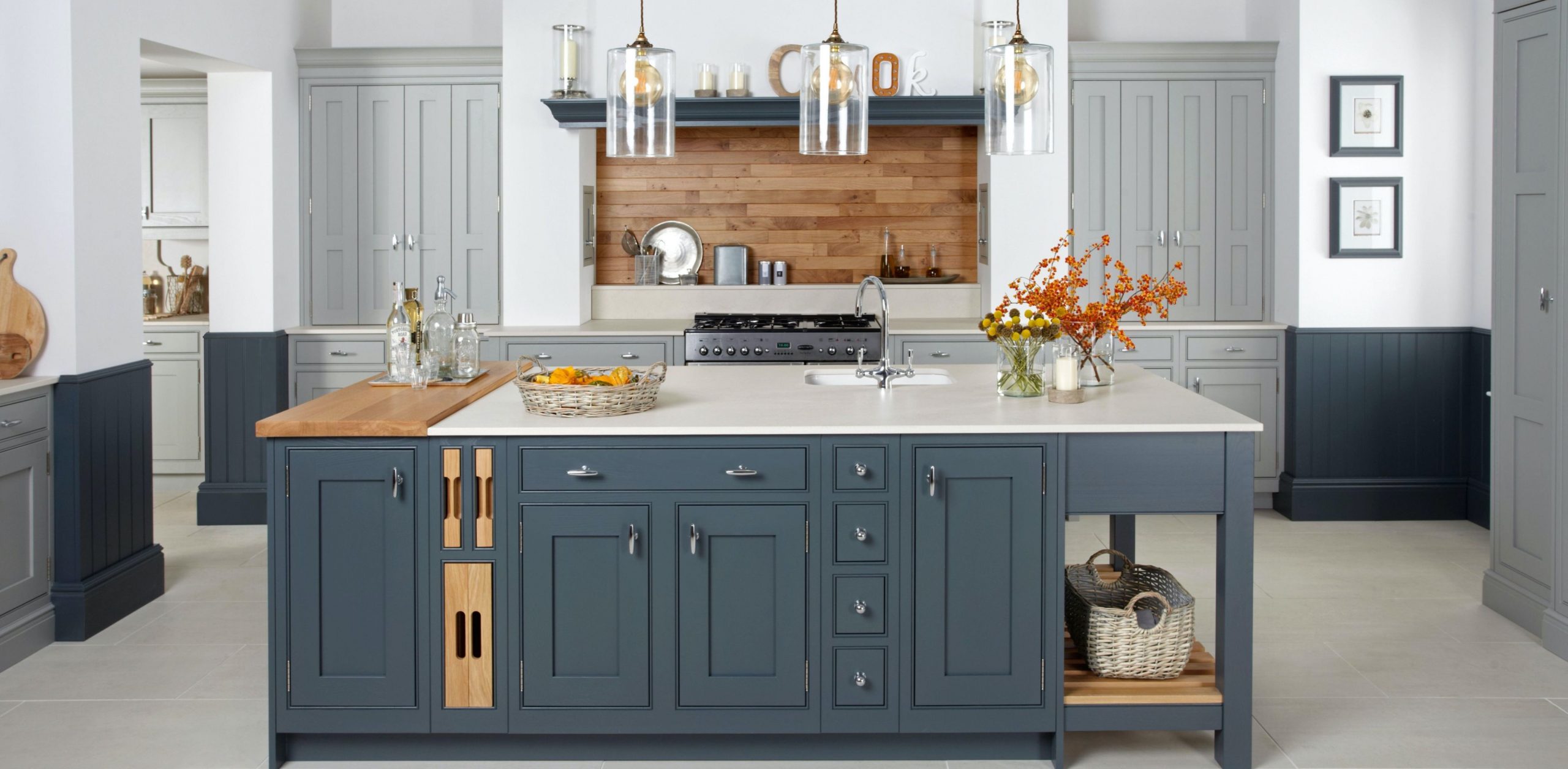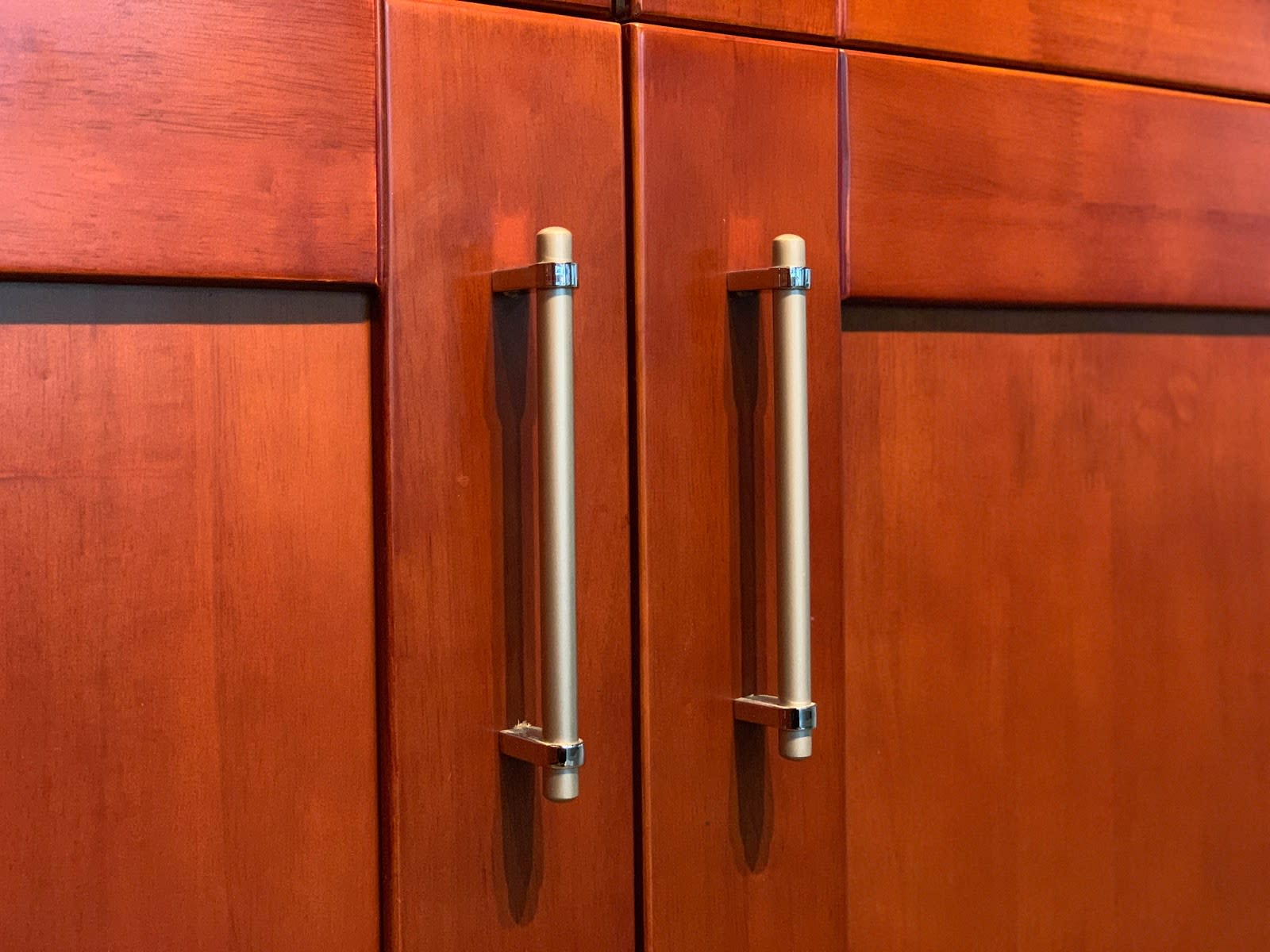Shaker Cabinet with Bead Design

The Shaker cabinet with bead design is a timeless classic that embodies simplicity, functionality, and enduring elegance. Its origins can be traced back to the 18th century, and its popularity continues to this day. This style of cabinet is characterized by its clean lines, minimalist aesthetic, and distinctive bead molding, which adds a subtle touch of sophistication.
Origins and History of the Shaker Cabinet with Bead Design
The Shaker cabinet with bead design originated with the Shakers, a religious sect that emphasized simplicity, practicality, and craftsmanship. The Shakers were known for their furniture designs, which were both beautiful and functional. They believed in creating pieces that were durable, well-made, and free from ornamentation. This philosophy is reflected in the Shaker cabinet with bead design, which is characterized by its clean lines, simple construction, and lack of excessive embellishment.
The Shaker cabinet with bead design was first developed in the late 18th century, during the Shaker movement’s early years. It was a practical and versatile piece of furniture that was used in Shaker communities for storage and display. The bead molding, which is a raised, rounded strip that runs along the edges of the cabinet doors and drawers, was a common feature in Shaker furniture. It was often used to create a visual separation between the cabinet’s panels and to add a touch of refinement.
The Shaker cabinet with bead design was popularized in the early 20th century, during the Arts and Crafts movement. This movement emphasized handcrafted objects and traditional craftsmanship, and the Shaker cabinet with bead design fit perfectly into this aesthetic. The Shaker cabinet with bead design became a symbol of simplicity, functionality, and craftsmanship, and it has remained a popular style ever since.
Significance of the Bead Molding in the Design
The bead molding is an integral part of the Shaker cabinet with bead design. It serves both a functional and aesthetic purpose. Functionally, the bead molding helps to protect the edges of the cabinet doors and drawers from damage. It also creates a smooth, continuous surface that is easy to clean. Aesthetically, the bead molding adds a subtle touch of sophistication to the design. It creates a visual separation between the cabinet’s panels and adds a sense of depth and dimension.
The bead molding is also significant because it is a signature element of Shaker furniture. It is a subtle detail that distinguishes Shaker cabinets from other styles of furniture. The bead molding is a testament to the Shakers’ attention to detail and their belief in creating pieces that were both beautiful and functional.
Comparison of the Shaker Cabinet with Bead to Other Popular Cabinet Styles
The Shaker cabinet with bead design is often compared to other popular cabinet styles, such as the Arts and Crafts style, the Mission style, and the Mid-Century Modern style.
Comparison Table
| Style | Characteristics | Example |
|---|---|---|
| Shaker | Simple, clean lines, bead molding, minimalist aesthetic, functionality | Shaker cabinet with bead design |
| Arts and Crafts | Handcrafted, natural materials, emphasis on craftsmanship, rustic aesthetic | Arts and Crafts bookcase |
| Mission | Simple, geometric forms, heavy construction, use of natural wood | Mission-style dresser |
| Mid-Century Modern | Clean lines, geometric forms, use of new materials, emphasis on functionality | Mid-Century Modern credenza |
While these styles share some similarities, such as an emphasis on simplicity and functionality, they also have distinct characteristics that set them apart. The Shaker cabinet with bead design is unique in its minimalist aesthetic and its distinctive bead molding.
Visual Timeline of the Evolution of the Shaker Cabinet with Bead
The Shaker cabinet with bead design has evolved over time, with variations in its construction, materials, and design details. Here is a visual timeline of the evolution of the Shaker cabinet with bead design:
- Late 18th century: The Shaker cabinet with bead design is first developed in Shaker communities. It is characterized by its simple construction, clean lines, and distinctive bead molding.
- Early 20th century: The Shaker cabinet with bead design gains popularity during the Arts and Crafts movement. It is seen as a symbol of simplicity, functionality, and craftsmanship.
- Mid-20th century: The Shaker cabinet with bead design continues to be popular, and it is often incorporated into Mid-Century Modern interiors.
- Late 20th century and present: The Shaker cabinet with bead design remains a popular style, and it is often used in contemporary interiors. It is seen as a timeless classic that embodies simplicity, functionality, and enduring elegance.
Construction and Materials: Shaker Cabinet With Bead

Shaker cabinets with bead are known for their simple yet elegant design, often characterized by clean lines and minimal ornamentation. This enduring style is achieved through a combination of traditional construction methods and carefully selected materials. Understanding these elements is essential for both appreciating the aesthetic and recreating the authentic Shaker cabinet experience.
Traditional Construction Methods
Traditional Shaker cabinet construction involves a meticulous approach that emphasizes durability and functionality. The most common method involves using mortise and tenon joints, which provide strong and lasting connections between cabinet components. These joints, crafted with precision, ensure a sturdy framework that can withstand the test of time.
- Mortise and Tenon Joints: These joints, a hallmark of Shaker furniture, involve creating a precisely fitted tenon (a projection) on one piece of wood that fits into a mortise (a hole) in another piece. This interlocking system creates a strong and durable bond.
- Dovetail Joints: For added strength and stability, dovetail joints are often used in cabinet drawer construction. These joints, resembling interlocking teeth, create a tight fit that prevents drawers from becoming loose over time.
- Dado Joints: Dado joints are used to create recesses for shelves or drawer slides, offering a clean and precise fit. These joints are created by cutting a groove into one piece of wood to accommodate the thickness of another piece.
Materials Used in Shaker Cabinet Construction
Shaker cabinets are traditionally constructed from solid wood, chosen for its beauty, durability, and workability. The most common wood species used include:
Common Wood Species for Shaker Cabinets
| Wood Species | Characteristics | Recommended Finishes |
|---|---|---|
| Maple | Hard, strong, and durable, with a fine grain and a light color that can range from creamy white to reddish brown. | Natural oil finishes, waxes, or water-based polyurethane. |
| Cherry | Strong and durable, with a rich reddish-brown color that deepens with age. It has a beautiful grain pattern that can be highlighted with a suitable finish. | Oil-based polyurethane, shellac, or a combination of oil and wax. |
| Oak | Hard, strong, and durable, with a distinctive grain pattern. It is available in both red and white varieties, each with its unique color and grain characteristics. | Oil-based polyurethane, varnish, or a combination of oil and wax. |
| Walnut | Hard and strong, with a rich, dark brown color and a distinctive grain pattern. It is often used for high-end furniture due to its beauty and durability. | Oil-based polyurethane, shellac, or a combination of oil and wax. |
Step-by-Step Guide to Building a Shaker Cabinet with Bead
1. Planning and Design: Determine the desired dimensions, features, and overall style of the cabinet. Sketch or create a detailed plan to ensure accuracy.
2. Materials and Tools: Gather the necessary materials, including wood, hardware, and finishing supplies. Ensure you have the appropriate tools, such as saws, planes, drills, and sanders.
3. Cutting and Joining: Cut the wood pieces according to the plan, using precise measurements. Join the pieces using mortise and tenon joints, dovetail joints, or dado joints, depending on the design.
4. Assembly and Construction: Assemble the cabinet frame, ensuring all joints are secure. Attach shelves, drawer slides, and other components as needed.
5. Finishing: Sand the cabinet surface smoothly, paying attention to corners and edges. Apply a finish, such as a stain, oil, or varnish, to protect the wood and enhance its natural beauty.
6. Installation and Hardware: Install the cabinet in its designated location, ensuring it is level and secure. Attach hinges, knobs, and other hardware as required.
“Shaker furniture is characterized by its simple, functional design and emphasis on craftsmanship.”
Shaker Cabinet with Bead in Modern Interiors

Shaker cabinets with bead, known for their simple elegance and timeless appeal, can seamlessly blend into contemporary spaces. Their clean lines and understated details create a sense of sophistication and tranquility, complementing the modern aesthetic.
Incorporating Shaker Cabinets with Bead into Contemporary Spaces
The Shaker cabinet with bead’s versatility allows for its integration into various contemporary spaces, from minimalist to eclectic.
- Living Room: Shaker cabinets with bead can be incorporated as media consoles, bookshelves, or even as statement pieces in a living room. Their clean lines and simple design allow them to blend seamlessly with modern furniture and décor.
- Kitchen: Shaker cabinets with bead are a classic choice for kitchens, offering a timeless elegance that complements both traditional and modern designs. They can be paired with sleek countertops, stainless steel appliances, and modern lighting for a cohesive look.
- Bedroom: In a bedroom, Shaker cabinets with bead can be used as nightstands, dressers, or even as a statement headboard. Their simple design creates a sense of calm and tranquility, promoting a restful atmosphere.
- Bathroom: Shaker cabinets with bead can add a touch of sophistication to a bathroom, functioning as vanities or storage cabinets. Their water-resistant finish makes them suitable for humid environments.
Styling Shaker Cabinets with Bead for Various Aesthetics, Shaker cabinet with bead
Shaker cabinets with bead offer a blank canvas for different styling approaches, allowing for the creation of unique aesthetics.
- Minimalist: A minimalist approach emphasizes clean lines and a lack of clutter. Pair Shaker cabinets with bead in neutral colors like white, gray, or black with simple hardware.
- Scandinavian: Scandinavian style embraces functionality and natural materials. Opt for Shaker cabinets with bead in light wood tones, paired with minimalist hardware and natural textiles.
- Industrial: Industrial style combines rustic elements with modern accents. Choose Shaker cabinets with bead in dark wood tones or metal finishes, and pair them with exposed brick walls and industrial lighting.
- Bohemian: Bohemian style is characterized by a mix of textures, colors, and patterns. Incorporate Shaker cabinets with bead in bold colors, adorned with decorative hardware and unique accessories.
Modern Color Palettes and Materials
Modern interiors often feature neutral color palettes, natural materials, and sleek finishes.
- Neutral Colors: White, gray, black, and beige are popular choices for Shaker cabinets with bead in modern interiors. These colors create a sense of space and tranquility, allowing other elements to take center stage.
- Natural Materials: Wood, stone, and metal are common materials used in modern interiors. Shaker cabinets with bead in wood finishes like oak, walnut, or maple complement these materials, adding warmth and texture.
- Sleek Finishes: Matte or satin finishes are preferred over high-gloss options, creating a more understated and sophisticated look.
Visual Mood Board
A visual mood board showcasing different styles of modern interiors featuring Shaker cabinets with bead would be a valuable tool for design inspiration.
The shaker cabinet with bead is a timeless design choice, offering both elegance and practicality. For those seeking a more personalized touch, constructing a diy tall kitchen cabinet allows for complete customization. This approach provides the opportunity to incorporate the shaker style with bead detailing, ensuring a unique and visually appealing addition to any kitchen.
Shaker cabinets with bead detailing offer a timeless elegance that complements a variety of interior styles. Their simplicity and clean lines are particularly well-suited to modern homes, such as those found in the abi sunningdale 2017 2 bedroom apartments, where a minimalist aesthetic is often favored.
The subtle bead molding adds a touch of visual interest without detracting from the overall sense of order and refinement.
